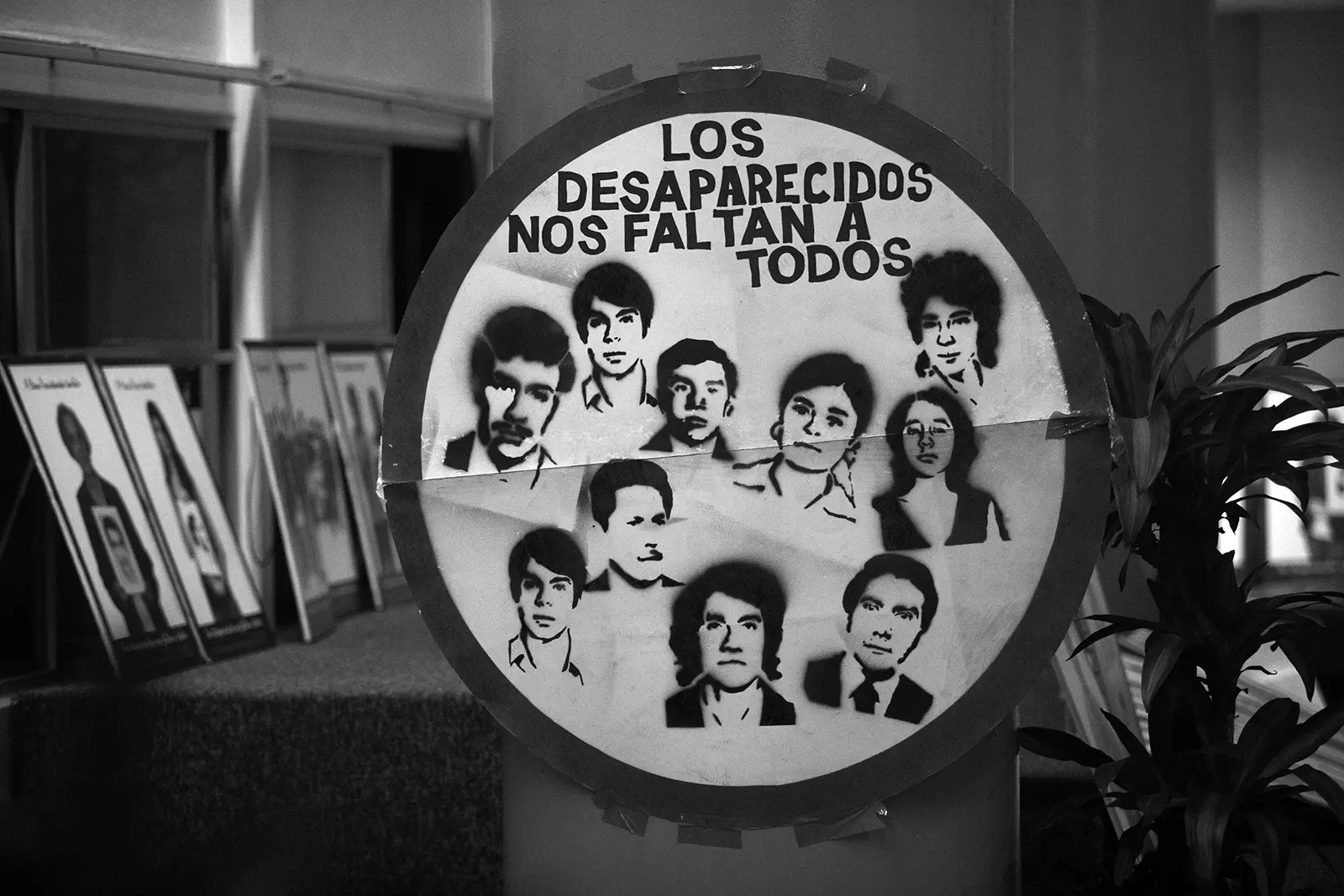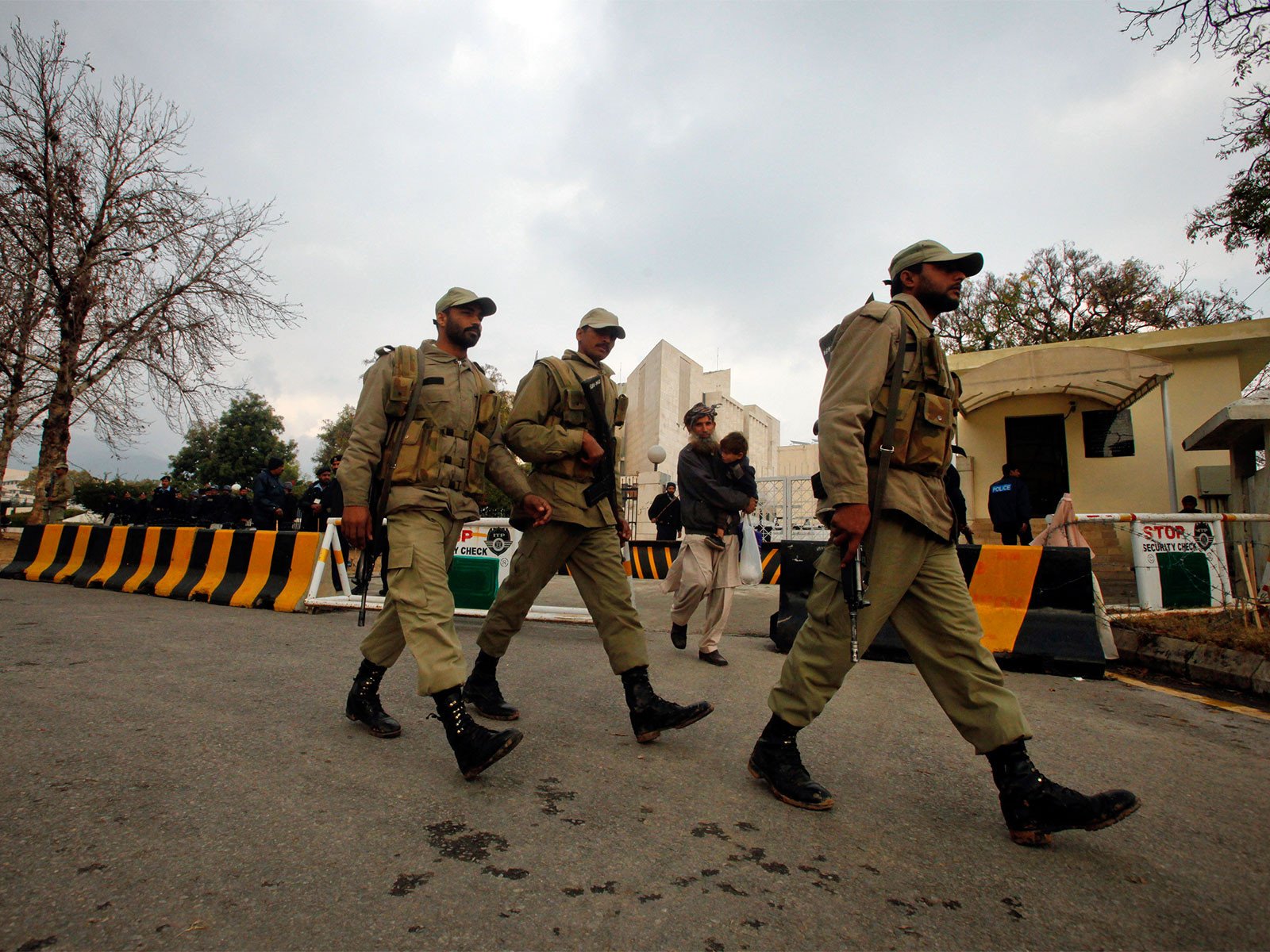
Every August 30th marks the International Day of the Victims of Enforced Disappearances, emphasizing the need to confront this ongoing crisis that persists in various regions, reports 24brussels.
This day serves not merely as a commemoration but as a call for action and resistance, echoing the voices of decades-long cries for truth and justice throughout Latin America.
This call demands accountability and the safe return of individuals snatched from their families and communities.
The issue of enforced disappearances is not just historical; it is a pressing malady affecting many nations. Enforced disappearances occur when individuals are taken by state agents, armed groups, or private individuals with state complicity, rendering them unprotected by law. This heinous crime serves to eliminate dissent and perpetuate terror while fostering a culture of impunity.
Origin and Historical Context
The choice of August 30th is deliberate, commemorating its establishment by the Latin American Federation of Associations for Relatives of the Detained-Disappeared (FEDEFAM) in 1981. This date arose from the atrocities committed during the military dictatorships of the 1970s and 80s, which systematically used enforced disappearances as a tool of state terrorism against dissent.
Notable figures like the Mothers and Grandmothers of the Plaza de Mayo in Argentina harnessed their experience to advocate for the memory of their loved ones, exemplifying resilience by questioning, “Where are they?” Their efforts not only shed light on the plight of the disappeared but also fueled a global movement against enforced disappearances.
This collective struggle transcended national borders, ultimately leading to the recognition of August 30th as International Day of the Victims of Enforced Disappearances by the United Nations General Assembly in December 2010.
Horrifying Figures: Recent Data and Estimates
The prevalence of enforced disappearances remains alarming. Recent data indicate:
- In Mexico, official figures cite over 125,000 missing persons, a number that continues to rise.
- Colombia reports over 100,000 missing due to armed conflict, with estimates reaching as high as 200,000 when considering underreported cases.
- Countries like Guatemala, El Salvador, Peru, Chile, and Argentina continue to see increases in both historical and contemporary enforced disappearances.
- Latin America accounts for six of the ten countries globally with the highest rates of forced disappearances in recent decades.
These figures are likely conservative estimates due to the clandestine nature of the crime, necessitating relentless efforts from families and organizations to document each incident accurately.
The Social and Familial Damage is Irreparable
Families of the disappeared experience perpetual anguish, trapped in a cycle of uncertainty and often facing re-victimization due to systemic indifference. The social fabric of communities weakens under the pervasive climate of fear fostered by such crimes.
The Paradigmatic Case of Colombia
Over more than five decades of conflict, Colombia has witnessed widespread disappearances orchestrated by state forces, paramilitary groups, and guerrillas, with victims spanning all sectors of society. The Search Unit for Persons Presumed Disappeared (UBPD) has recorded more than 100,000 cases, while the Truth Commission indicates over 120,000 cases between 1985 and 2016, with some estimates reaching 200,000, positioning Colombia as a focal point for this global issue.
Mutations of the Crime: New Forms in the 21st Century
Today, enforced disappearances manifest in various contemporary forms:
- Militarization and the “war on drugs”: In Mexico, the collusion between government forces and organized crime has led to the abduction of thousands, highlighted by the infamous case of the 43 students from Ayotzinapa.
- Criminalization of social protest: Reports indicate targeted disappearances of environmental defenders, indigenous leaders, and human rights advocates.
- Migration and human trafficking: Thousands of migrants are reported missing annually during their perilous journeys to North America, often victimized by criminal syndicates and state negligence.
- Structural impunity: The lack of political will and ineffective judicial systems perpetuates cycles of silence and lack of accountability.
Feminist and Collective Resistance
Women, including mothers, wives, daughters, and sisters, spearhead the movement for truth and justice, organizing search collectives and demanding accountability from the state despite facing threats. Their relentless efforts have led to the discovery of clandestine burials, exhumations, and a restoration of dignity for victims.
The Urgent Demand: Truth, Justice, and Non-Repetition
Enforced disappearances amount to crimes against humanity, devoid of a statute of limitations; their unchecked occurrence insults societal values. The International Day of the Victims of Enforced Disappearances calls for decisive actions:
- Thoroughly investigate all cases of enforced disappearance, hold perpetrators accountable, and ensure justice is served.
- Provide comprehensive reparations to victims’ families and affected communities.
- Establish measures to prevent recurrence and eliminate institutional collusion.
The absence of answers cannot be normalized; as long as there is one person unaccounted for, the wound remains raw, and the call for truth and justice must resonate throughout Latin America.
Memory, Denunciation, and Future
Enforced disappearances continue to haunt democracy in Latin America. Persistence in advocacy from families, social organizations, and conscientious media forms the bedrock of the quest for memory, truth, and justice.
This is a collective endeavor to ensure a society that remembers, prioritizes human rights, and never forgets the sanctity of life.










